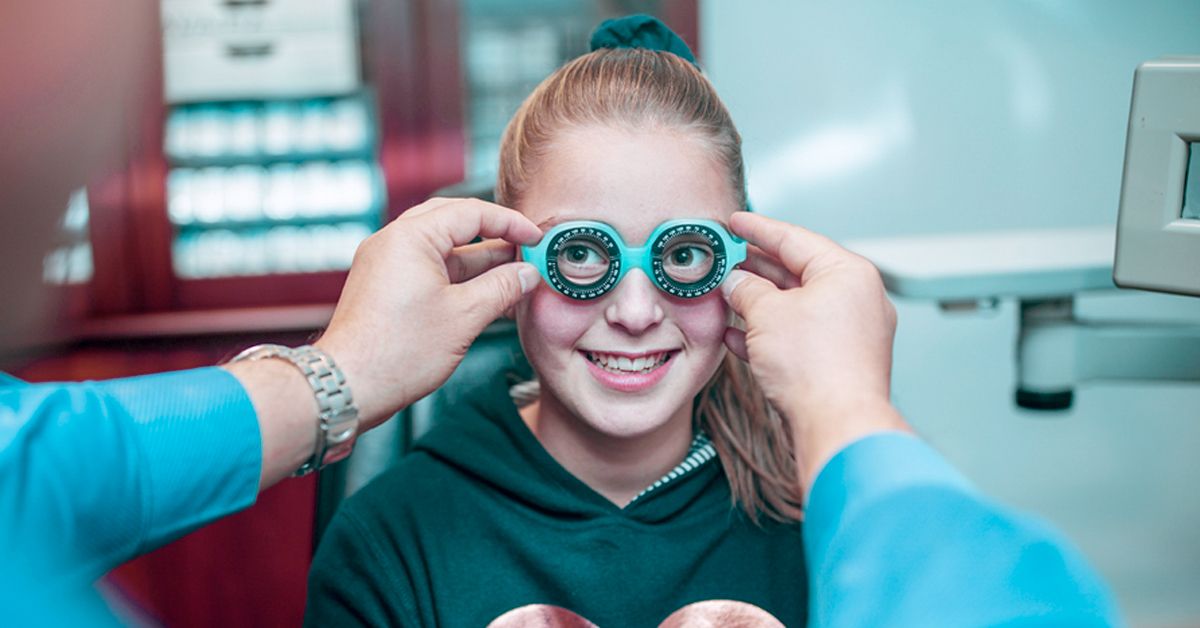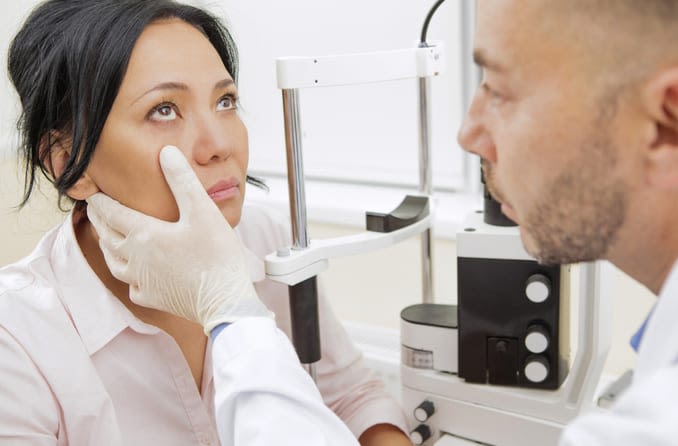Exploring the most up to date Technological Developments in Optometry and What They Mean for Eye Doctors
From the accuracy of Optical Coherence Tomography to the nuanced understandings provided by AI-driven diagnostic devices, these advancements are setting new requirements in person assessment and treatment. As these developments penetrate the technique, eye doctors are faced with the challenge of accepting these devices to boost client outcomes.
Technologies in Diagnostic Devices
Advancing the field of optometry, developments in analysis tools have actually changed the way eye care professionals evaluate and diagnose visual impairments and ocular problems. The previous years has actually observed substantial technical advancements, allowing more extensive and accurate evaluations. Optical Coherence Tomography (OCT), for instance, provides high-resolution cross-sectional photos of the retina, permitting the very early discovery of illness such as glaucoma and age-related macular degeneration. This non-invasive imaging method has become important in contemporary optometric practice.
An additional key technology is the introduction of innovative corneal topography systems, which map the surface curvature of the cornea with accuracy. These devices are particularly beneficial for fitting call lenses and diagnosing corneal conditions. Furthermore, digital retinal imaging has actually changed traditional ophthalmoscopy, using thorough, panoramic views of the retina that assist in comprehensive aesthetic exams.
The development of wavefront aberrometry has likewise been vital, making it possible for the analysis of refractive errors with unrivaled precision (Eye Doctor Optometrist). This innovation helps in tailoring rehabilitative lenses and enhancing surgical outcomes for refractive surgical treatments. Collectively, these diagnostic improvements equip optometrists to deliver exceptional patient care, ensuring early treatment and tailored treatment strategies, eventually enhancing aesthetic health and wellness results
AI in Patient Administration
Building on the foundation of cutting-edge analysis tools, the consolidation of synthetic intelligence (AI) in patient monitoring stands for a transformative leap for optometry. AI systems are increasingly used to improve efficiency, accuracy, and personalization in individual care. By analyzing substantial quantities of data, AI can recognize patterns and anticipate potential eye conditions, making it possible for optometrists to customize interventions more effectively. This capacity is vital in handling persistent eye illness such as glaucoma and diabetic retinopathy, where very early detection and continual tracking are essential.
Additionally, AI-driven systems promote structured individual communications and administrative procedures. Automated scheduling, online consultations, and individualized follow-up plans not only boost patient contentment but likewise maximize time management for professionals. These systems can triage patients based on the seriousness of their problems, making certain that those in vital demand obtain prompt attention.
Moreover, AI boosts decision-making by giving optometrists with evidence-based suggestions and treatment paths. By incorporating information from digital health records, AI tools provide insights that inform scientific choices, reducing the risk of errors and improving client results. As AI remains to progress, its function in client monitoring will likely increase, improving the landscape of optometric treatment.
Breakthroughs in Retinal Imaging
In the world of optometry, retinal imaging has witnessed impressive technical developments that are enhancing analysis capabilities and patient treatment. Developments such as Optical Comprehensibility Tomography (OCT) and fundus digital photography have revolutionized just how optometrists envision and examine the retina.
Improved imaging modalities like OCT angiography are more refining diagnostic accuracy. This non-invasive method maps blood flow in the retina, offering critical insights into vascular health and wellness without the need for color injections. In addition, adaptive optics innovation is being integrated into retinal imaging systems to correct eye aberrations, providing extraordinary picture quality. Such developments promote the identification of minute retinal adjustments that can represent condition progression.
Furthermore, improvements in artificial intelligence are increasing retinal imaging by making it possible for automated analysis of large datasets. These systems help eye doctors in recognizing patterns a measure of pathology, thereby improving diagnostic precision and performance. Jointly, these innovations are transforming retinal imaging into a foundation of contemporary eye treatment, enhancing end results and increasing healing opportunities.
Teleoptometry's Expanding Duty
Teleoptometry is progressively becoming a vital part of eye treatment, driven by developments in digital interaction and diagnostic devices. This is specifically useful in underserved and advice country areas where access to specialized eye treatment is typically restricted.
The combination of expert system (AI) further boosts teleoptometry, allowing the evaluation of visual information and helping in the discovery of ocular problems such as glaucoma and diabetic retinopathy. AI-powered formulas can rapidly analyze complex imaging information, offering eye doctors with valuable insights that bolster professional decision-making.
In addition, teleoptometry supports connection of care with smooth combination with digital health documents (EHRs), permitting optometrists to keep detailed person histories. When consulting with different experts., this ensures that clients obtain tailored and regular care even.
In spite of these benefits, obstacles remain, including making sure data safety and taking care of patient expectations. Nonetheless, teleoptometry stands for a substantial stride towards more accessible, efficient, and patient-centered eye care. As innovation progresses, its function is positioned to broaden explanation additionally.

Future Fads in Eye Treatment
A myriad of ingenious patterns is set to reshape the future of eye care, driven by technical innovations and the advancing demands of individuals. One considerable trend is the integration of expert system (AI) in diagnostics, which promises to boost the accuracy and performance of eye evaluations. AI formulas can analyze vast quantities of information from retinal images, possibly identifying problems like diabetic retinopathy and glaucoma earlier than traditional approaches.
Additionally, customized medicine is obtaining traction in optometry, with hereditary screening informing tailored treatment strategies. This technique aims to maximize client outcomes by customizing interventions to specific genetic accounts. Wearable technology, such as clever get in touch with lenses, is also imminent, providing real-time surveillance of intraocular pressure or sugar levels, hence offering continual understandings into systemic and ocular health.
The adoption of increased fact (AR) and virtual fact (VIRTUAL REALITY) in training and patient education and learning is another emerging fad. These technologies supply immersive experiences that can enhance understanding and abilities both for eye doctors and clients. As these patterns evolve, eye doctors should remain abreast of technological innovations to supply advanced treatment, making sure improved client end results and complete satisfaction in the vibrant landscape of eye treatment.
Verdict

Collectively, these diagnostic advancements encourage optometrists to supply remarkable individual treatment, making certain very early treatment and customized therapy strategies, ultimately improving visual wellness end results.

As these innovations continue to progress, optometrists need to adjust and include them right into technique, inevitably maximizing process efficiency and boosting the requirement of eye treatment provided to clients.
Comments on “Explore Advanced Solutions at Opticore Optometry for Eye Wellness”